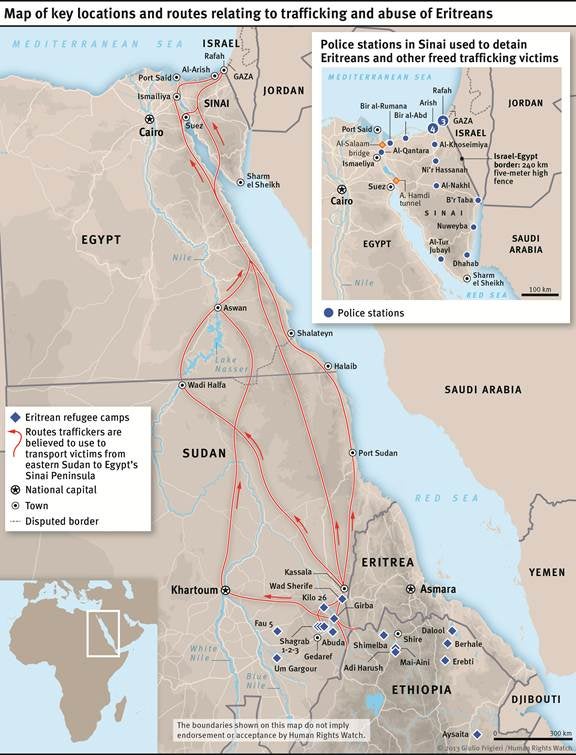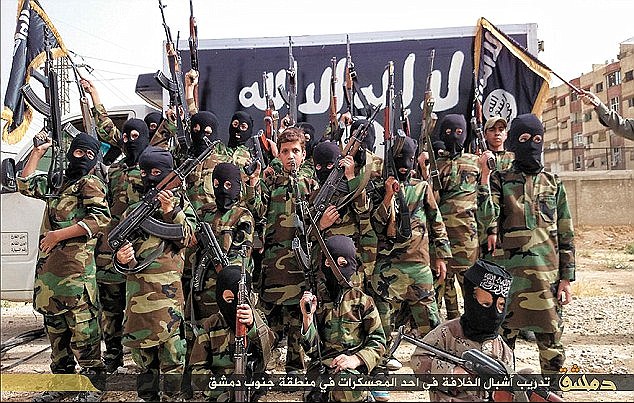Mossuz-Lavau starts off saying how when she sees a women in the streets she feels "a pang of emotion" because the veil designated a women as a "source of sin and "as a potential whore." The crux of her argument is that the law to ban headscarves will not “liberate” Muslim women. She feels like women are getting their sexual freedom taken away. Sexual liberation could only come free modern day ideas and educated women. "The only ones who transgressed [Islamic] norms and who had sexual relations before marriage were students and managers with advanced degrees” (163) She doesn't think that women need to wear head scarfs. She argues that women that are educated can make more of their own choices and women that are not educated, do not have as much as sexual freedom. She believes that women need to be hidden away for their husbands, or their future husbands. It has been a topic of discussion where women feel that western society women are whores because they don't cover themselves up.
| Veil restrictions |
I think this argument is valid because as she conducted her own research it was evident that women that were educated partook in sexual activities before marriage. She saw the difference in a women that has a headscarf on and one that didn't wear one. She saw as one walked by the restrictions just because they had a veil on. By providing women with education, they will go a lot further in life and have their own mind set. Forbidding women from wearing headscarves is an infringement of their freedom. Education can come in handy for many reasons, women are subject to more restrictions just because of their gender and it has build a bigger gap between women and men.





